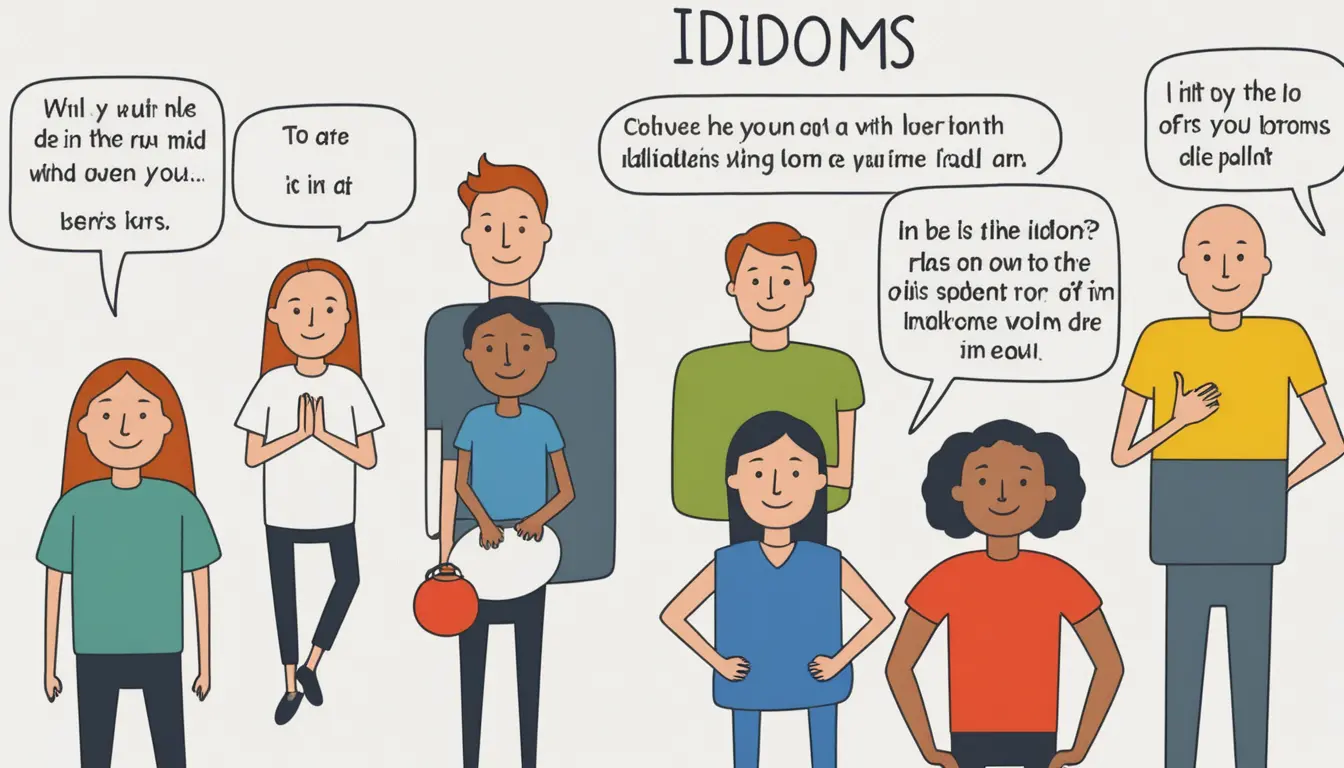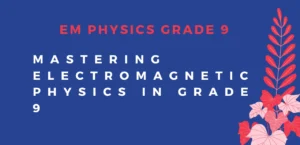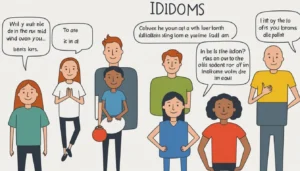Tafheem Combined Pedagogy Guide For SST General Free PDF Read Online 2024
The Ultimate Combined Pedagogy Guide: Integrating Teaching Methods for Maximum Impact

In today’s rapidly evolving educational landscape, educators face the challenge of preparing students for an increasingly complex world. A single teaching approach is no longer sufficient to meet the diverse needs of learners and the demands of modern society. This is where a combined pedagogy comes into play. By integrating various teaching methods, educators can create a more effective, engaging, and inclusive learning environment that caters to different learning styles and prepares students for real-world challenges.
This comprehensive guide will explore the concept of combined pedagogy, its benefits, and practical strategies for implementation. Whether you’re a seasoned educator looking to refresh your teaching approach or a new teacher seeking innovative ways to engage your students, this guide will provide you with valuable insights and actionable steps to enhance your teaching practice.
Understanding Combined Pedagogy
Definition and Core Concepts
Combined pedagogy, also known as integrated or blended pedagogy, is an educational approach that deliberately combines multiple teaching methods and strategies to create a more comprehensive and effective learning experience. This approach recognizes that no single teaching method is universally effective for all students or all types of content. Instead, it draws upon the strengths of various pedagogical approaches to create a synergistic learning environment.
At its core, combined pedagogy is about:
- Flexibility: Adapting teaching methods to suit different learning objectives and student needs.
- Diversity: Incorporating a range of instructional strategies to engage various learning styles.
- Integration: Seamlessly blending traditional and modern teaching approaches.
- Student-centeredness: Focusing on learner needs and preferences to drive instructional decisions.
Benefits of a Combined Approach
Implementing a combined pedagogy offers numerous advantages:
- Enhanced engagement: By varying teaching methods, educators can maintain student interest and motivation.
- Improved learning outcomes: Different approaches cater to diverse learning styles, potentially leading to better overall comprehension and retention.
- Development of multiple skills: Students are exposed to various learning scenarios, helping them develop a broader range of skills.
- Increased adaptability: Learners become more flexible in their approach to learning, preparing them for diverse real-world situations.
- Personalized learning: Educators can tailor instruction to individual student needs more effectively.
Common Misconceptions
Despite its benefits, there are some misconceptions about combined pedagogy:
- It’s just about using technology: While technology can be a part of combined pedagogy, it’s not the only focus.
- It’s too complicated to implement: With proper planning, combined pedagogy can be gradually integrated into existing teaching practices.
- It’s only for certain subjects: Combined pedagogy can be applied across all disciplines and age groups.
- It diminishes the teacher’s role: In fact, it enhances the teacher’s role as a facilitator and designer of learning experiences.
Also Check the Zone of Education Pedagogy Guide For PPSC, FPSC Free PDF Read Online
The Building Blocks of Combined Pedagogy
To effectively implement combined pedagogy, it’s crucial to understand its various components. Let’s explore the key building blocks:
1. Traditional Teaching Methods
Traditional methods have stood the test of time and continue to play a vital role in education:
- Lecture-based instruction: Effective for delivering large amounts of information to many students simultaneously.
- Socratic method: Encourages critical thinking through guided questioning and dialogue.
- Demonstration and practice: Allows students to observe and then apply new skills or concepts.
2. Modern Teaching Approaches
Contemporary approaches focus on active learning and real-world application:
- Project-based learning: Engages students in complex, real-world projects to develop deep understanding and skills.
- Flipped classroom: Reverses traditional learning by introducing new content at home and using class time for practice and discussion.
- Gamification: Applies game-design elements to learning activities to increase engagement and motivation.
3. Technology-Enhanced Learning
Technology offers new possibilities for instruction and learning:
- E-learning platforms: Provide flexible, self-paced learning opportunities and easy access to resources.
- Virtual and augmented reality: Create immersive learning experiences that bring abstract concepts to life.
- Adaptive learning systems: Use AI to personalize learning paths based on individual student performance and needs.
Principles of Effective Integration
To successfully combine these building blocks, consider the following principles:
- Align methods with learning objectives: Choose teaching approaches that best support your specific learning goals.
- Consider student diversity and learning styles: Incorporate a variety of methods to cater to different learner preferences and needs.
- Balance structure and flexibility: Provide a clear framework while allowing room for adaptation and personalization.
- Ensure coherence: Make sure different methods work together harmoniously rather than feeling disjointed.
- Promote active learning: Prioritize approaches that encourage student participation and engagement.
Step-by-Step Guide to Creating a Combined Pedagogy Plan
Follow these steps to develop your combined pedagogy approach:
- Assess your current teaching approach
- Reflect on your current methods
- Identify strengths and areas for improvement
- Gather feedback from students and peers
- Identify areas for improvement
- Analyze student performance data
- Consider common challenges or struggles
- Look for opportunities to enhance engagement or understanding
- Select complementary methods
- Choose methods that address identified gaps
- Ensure a mix of traditional and modern approaches
- Consider technology integration where appropriate
- Design integrated lesson plans
- Create a framework that incorporates multiple methods
- Ensure smooth transitions between different approaches
- Include varied activities and assessments
- Implement and iterate
- Gradually introduce new methods
- Collect ongoing feedback
- Adjust and refine your approach based on the results
Best Practices for Implementing Combined Pedagogy
To maximize the effectiveness of your combined pedagogy approach:
- Gradual integration: Introduce new methods slowly to avoid overwhelming yourself or your students.
- Continuous assessment and feedback: Regularly evaluate the effectiveness of your approach and seek input from students.
- Professional development: Stay updated on new teaching methods and technologies through ongoing learning.
- Collaboration: Share experiences and ideas with colleagues to refine your approach.
- Flexibility: Be prepared to adjust your methods based on student needs and responses.
- Clear communication: Explain your approach to students and why you’re using different methods.
- Reflection: Regularly reflect on your teaching practice and its impact on student learning.
Overcoming Challenges in Combined Pedagogy
While implementing combined pedagogy, you may encounter several challenges:
- Resistance to change
- From students: Address this by explaining benefits and providing support.
- From colleagues or administration: Share research and success stories to build buy-in.
- Technology integration issues
- Lack of resources: Explore free or low-cost alternatives and advocate for necessary tools.
- Technical difficulties: Develop troubleshooting skills and have backup plans ready.
- Time management concerns
- Planning: Allocate dedicated time for lesson design and collaboration.
- In-class time: Carefully structure lessons to make the most of each method.
- Resource limitations
- Materials: Get creative with existing resources or seek community partnerships.
- Training: Utilize online resources, peer mentoring, or professional learning communities.
Case Studies: Successful Combined Pedagogy in Action
Let’s explore how combined pedagogy has been successfully implemented across different educational settings:
Elementary Education Example
A 4th-grade teacher combines traditional storytelling with digital tools to teach history. Students listen to lectures, engage in group discussions, and then use tablets to create interactive timelines. This approach caters to auditory, visual, and kinesthetic learners while developing digital literacy skills.
Higher Education Example
In a university biology course, the professor uses a flipped classroom model combined with hands-on lab work. Students watch video lectures at home, participate in online discussions, and then apply their knowledge through practical experiments in class. This approach maximizes in-person time for active learning and problem-solving.
Corporate Training Example
A technology company uses a blend of e-learning modules, virtual reality simulations, and in-person workshops to train new employees. This combined approach allows for self-paced learning, practical skill development, and team building, resulting in more effective onboarding.
Measuring the Impact of Combined Pedagogy
To ensure your combined pedagogy approach is effective, consider these evaluation strategies:
- Key Performance Indicators (KPIs)
- Student achievement scores
- Engagement levels
- Attendance rates
- Participation in class activities
- Assessment Strategies
- Diverse assessment methods (quizzes, projects, presentations)
- Peer and self-assessment
- Formative and summative assessments
- Long-term Evaluation Methods
- Longitudinal studies tracking student progress
- Alumni surveys on skill application in further education or careers
- Comparison studies with traditional teaching methods
Future Trends in Combined Pedagogy
As education continues to evolve, combined pedagogy will likely incorporate:
- Emerging Technologies
- Artificial Intelligence for Personalized Learning Paths
- Extended Reality (XR) for immersive learning experiences
- Blockchain for secure, verifiable credentials
- Evolving Educational Theories
- Increased focus on social-emotional learning
- Greater emphasis on global competencies
- Integration of neuroscience findings into pedagogical practices
- Predictions for the Future of Teaching and Learning
- More flexible and personalized learning environments
- Increased collaboration between educators across global networks
- Shift towards competency-based education models
Conclusion
Combined pedagogy represents a powerful approach to address the complex needs of modern learners. By integrating various teaching methods, educators can create more engaging, effective, and inclusive learning environments that prepare students for the challenges of the 21st century.
Key takeaways from this guide include:
- The importance of balancing traditional and modern teaching methods
- The need for flexibility and adaptability in your teaching approach
- The value of continuous assessment and iteration in your pedagogy
As an educator, you play a crucial role in shaping the future of learning. We encourage you to experiment with combined pedagogy in your practice. Start small, reflect often, and don’t be afraid to innovate. Remember, the goal is not perfection but continuous improvement in the service of your students’ learning.
We invite you to share your experiences, challenges, and successes with combined pedagogy in the comments below. Your insights could inspire and help fellow educators on their journey to more effective teaching.
Let’s continue learning and growing together as we navigate the exciting future of education!
Read the Online Tafheem Combined Pedagogy Guide For SST General














Post Comment